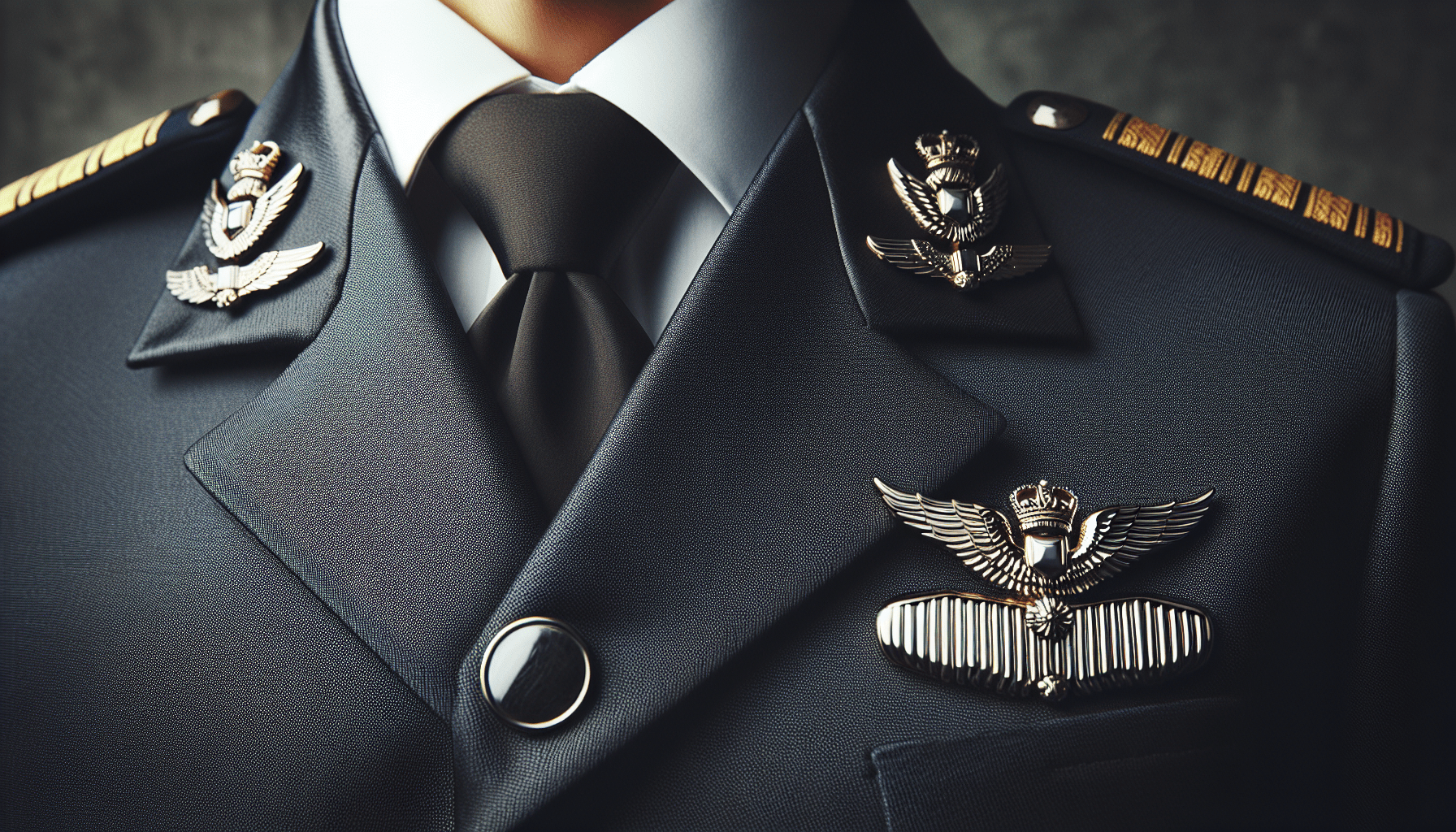Pilots are truly glorious for their ability to transport us through the skies, but have you ever heard of Pilot’s Glory, the beautiful and rare rainbow phenomenon? Picture yourself high above a layer of clouds, witnessing a stunning halo of colors encircling the shadow of your aircraft on the mist below. Known by various names like Pilot’s Halo or Buddha’s Light, this optical phenomenon is a captivating sight that occurs when sunlight interacts with tiny water droplets in the atmosphere, creating concentric rings of vibrant colors. This rare and ethereal beauty has fascinated humans for centuries and holds both historical and cultural significance. Whether seen from an airplane window or a mountain peak, experiencing a Pilot’s Glory is truly a magical gift from nature.
Pilots Are Glorious: The Beauty of Pilot’s Glory
Have you ever heard of Pilot’s Glory, the breathtaking and rare rainbow phenomenon that pilots sometimes witness while flying high above the clouds? This optical marvel is truly a sight to behold, with colorful rings encircling the shadow of an airplane on the mist below. In this article, we will explore what Pilot’s Glory is, how it forms, its historical significance, and where and when you can catch a glimpse of this mystical phenomenon. So buckle up and get ready for a journey through the skies!

Shop These Accessories for a Comfortable Trip
What Is Pilot’s Glory?
Let’s start by unraveling the mystery behind Pilot’s Glory. This beautiful atmospheric phenomenon occurs when sunlight interacts with tiny water droplets in the atmosphere, resulting in a series of concentric, colorful rings around the shadow of an object. Unlike a traditional rainbow, which is caused by the refraction and reflection of sunlight in raindrops, a Glory is produced by the diffraction of light. This bending and spreading of light waves create a prismatic halo effect, typically with red on the outer ring and blue towards the center.
How Pilot’s Glory Forms
The formation of a Pilot’s Glory is a delicate dance between sunlight and microscopic water droplets suspended in the air. As sunlight passes through these droplets, diffraction occurs, causing the light to bend and spread out into colorful rings. The droplets responsible for creating a Glory are usually much smaller than those needed for a complete rainbow, contributing to its unique appearance and rarity. The beauty of a Pilot’s Glory lies in its ephemeral nature, as it only appears under specific atmospheric conditions.
Shop These Accessories for a Comfortable Trip
The Historical and Cultural Significance of Pilot’s Glory
Throughout history, the phenomenon of Pilot’s Glory has captivated the minds of people around the world. Early mountaineers and climbers referred to it as the “Brocken spectre,” often accompanied by the silhouette of a shadowy figure in the center. The first recorded observation of a Pilot’s Glory dates back to 1748 during a French expedition in Ecuador. Over the centuries, scientists and scholars have delved into the mathematical and physical principles behind this mystical display of light and color.
The Mythical and Spiritual Interpretations
Some researchers believe that the halos depicted around deities in ancient art may have been inspired by Glories. The otherworldly appearance of a Glory has led to its association with divine symbolism and spiritual significance in various cultures. Poetic references to Glories can be found in literature, such as Samuel Taylor Coleridge’s poem “Constancy to an Ideal Object,” which alludes to the enchanting allure of these atmospheric halos. Whether viewed from an airplane or a mountaintop, a Pilot’s Glory invokes a sense of wonder and majesty.

Where and When to Witness a Pilot’s Glory
If you’re eager to witness a Pilot’s Glory firsthand, there are certain tips and tricks to increase your chances of catching this rare phenomenon in action. Glories are most commonly observed from airplanes flying above cloud cover with the sun behind them. To see a Glory, it’s best to choose a window seat on the side of the plane opposite the sun and fly during the early morning or late afternoon when the sun is lower in the sky. The positioning of the sun relative to the water droplets is crucial for creating the dazzling display of colors that make up a Glory.
Tips for Spotting a Pilot’s Glory
Flying above cloud banks is ideal for viewing a Glory from an airplane, as the shadow of the aircraft casts a halo of light onto the mist below. If you’re an avid hiker or climber, consider embarking on early morning expeditions to high vantage points where your shadow can be projected onto cloud formations. Keep an eye out for the telltale signs of a colorful ring encircling your shadow, indicating the presence of a Pilot’s Glory. This natural spectacle is a testament to the awe-inspiring beauty and complexity of atmospheric phenomena.
As you gaze out of an airplane window or stand atop a mountain peak, take a moment to appreciate the fleeting magic of nature encapsulated in a Pilot’s Glory. This rare and enchanting display of light and color serves as a reminder of the wonders that await us high above the clouds. Next time you find yourself soaring through the skies, keep an eye out for the telltale signs of a glorious rainbow halo encircling your shadow – you may just witness the breathtaking beauty of a Pilot’s Glory.
Shop These Accessories for a Comfortable Trip






